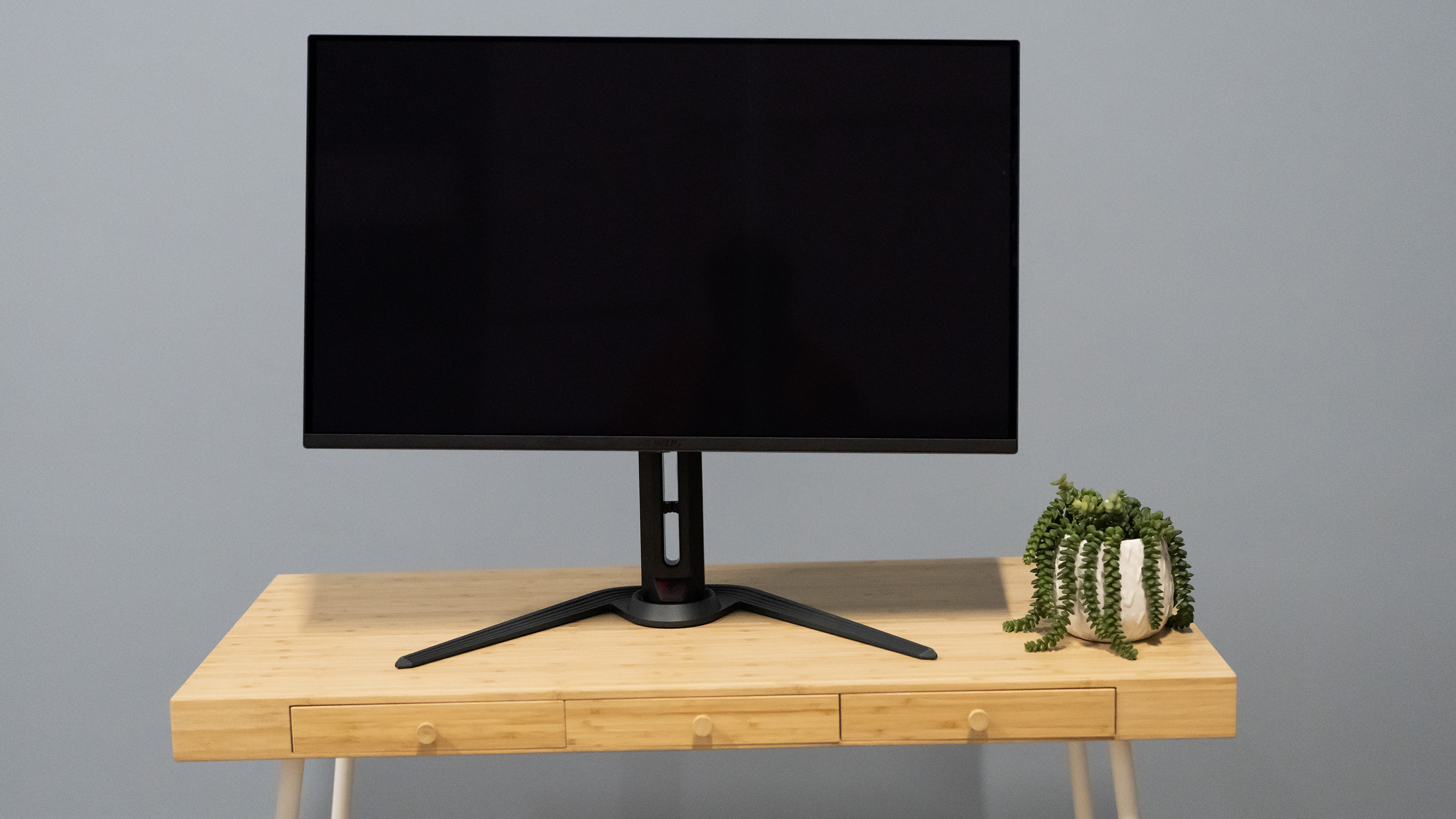Our Verdict
A big, bright screen like the Gigabyte Aorus FO32U2 is going to be just as attractive to studio dwellers as it is to gamers. While the fast refresh rate will only appeal in niche circumstances (as well as for games of Overwatch after hours) the OLED contrast and a 32-inch desktop are universal needs. Capable of providing the kind of space to work that might replace a multi-screen setup for some use cases, is this the ultimate widescreen monitor for your desk?
For
- Big 4K OLED
- Good colour response
- USB hub
Against
- Quite heavy
- External PSU
- Only 18W PD
Why you can trust Creative Bloq
Thirty-two inches is a great size for a monitor. It used to be considered a big TV, but then LCDs exploded and they became seriously huge. You sit much closer to a computer screen than to the gogglebox, however, and being able to combine the sharp pixel density of 4K with OLED’s ability with colours makes this sound like it could be all things to all users.
Like a lot of the best monitors, this is being marketed as a gaming screen, but with colour reproduction that claims to represent almost all of the P3 gamut - and the simple fact it’s big, bright, and has a USB hub, means it’s likely to find a home in studios too.
Another reason for this is that it’s ever so slightly cheaper than similar offerings from the likes of ASUS and Alienware, something that will build up if you’re kitting out multiple desks. And as it offers a USB-C connection with 18W of power delivery, it makes for a good team with a suitably equipped laptop - though there's a FO32U2 Pro model with 65W PD, DisplayPort 2.1 and monitor daisy-chaining support out there too, you’ll pay slightly more for it than the non-Pro 'budget' model we have here.
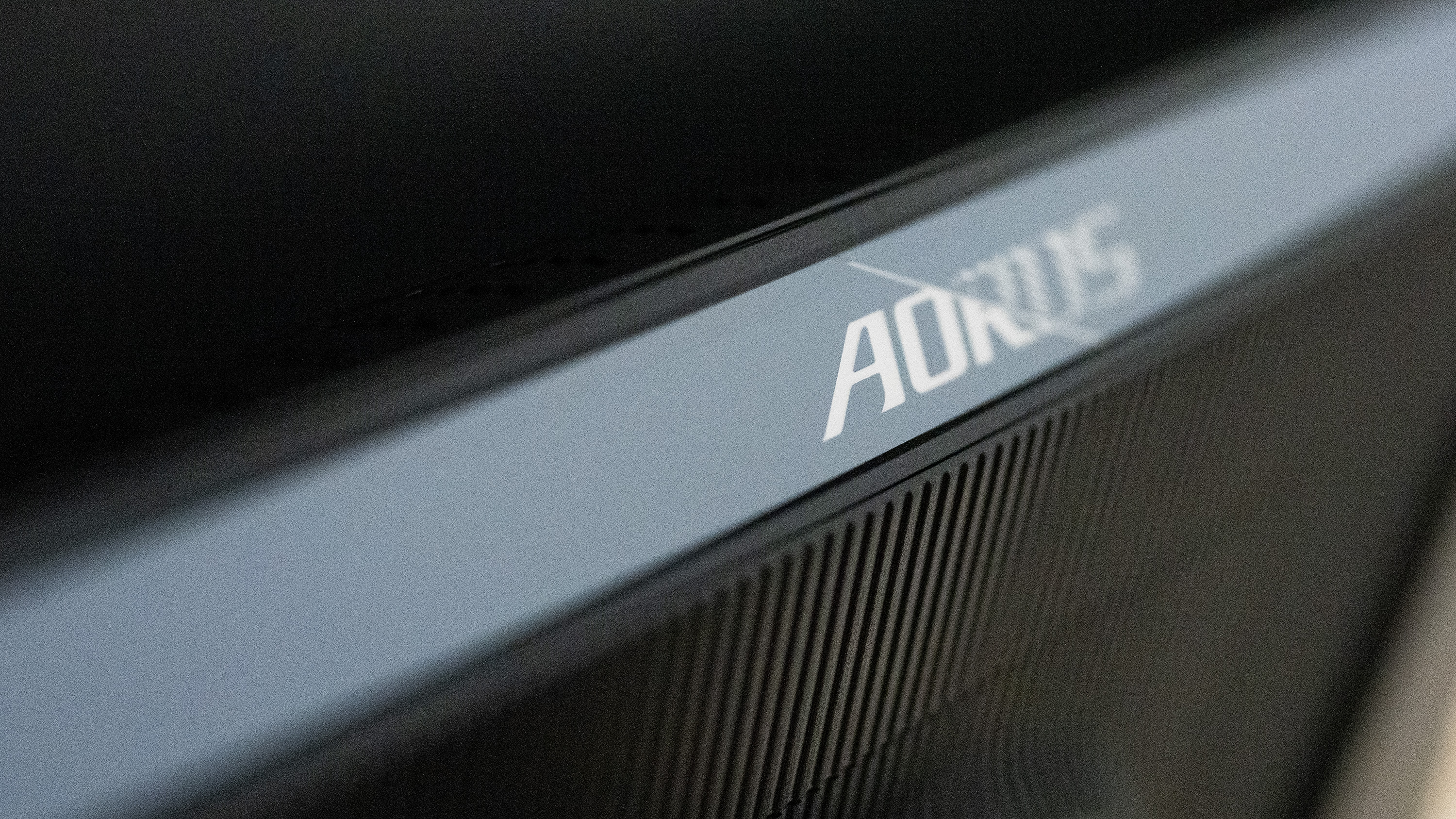
Gigabyte Aorus FO32U2 review: Key specifications
| Panel: | 32in QD-OLED |
| Resolution: | 3840x2160p |
| Colour: | 10 bit |
| Refresh rate: | 240Hz |
| Inputs: | 1x HDMI 2.1, 1x DisplayPort 1.4, 1x USB-C (18W PD), mic jack, earphone jack |
| Hub: | 2x USB 3.2 Type-A, 1x USB 3.2 Type-B |
| Speakers: | 2x 5W |
| HDR: | VESA DisplayHDR True Black 400 |
| Colour response (claimed): | 99% P3 |
| Brightness (claimed): | 250 nits |
| Dimensions: | 718 x 613.5 x 158.5mm |
| Weight: | 8.53kg |
Design and build
There's very little that’s unusual about the Aorus FO32U2. It’s a 16:9 monitor with a splayed stand, there are some inputs at the back and the bit you look at is on the front. It comes in some nicely made packaging and suffers from the gaming nomenclature being faintly ridiculous (as a ‘tactical gaming monitor’ we’re led to believe that it has a small yield and that larger monitors are delivered by submarine-launched missiles or stealth bombers), but once you’ve got it unpacked and set up only the slightly aggressive design of the stand’s broadly spaced feet gives it away. It’ll mount up to an arm nicely thanks to a 100mm VESA mount, but make sure your choice of support can manage the weight before you screw them together.
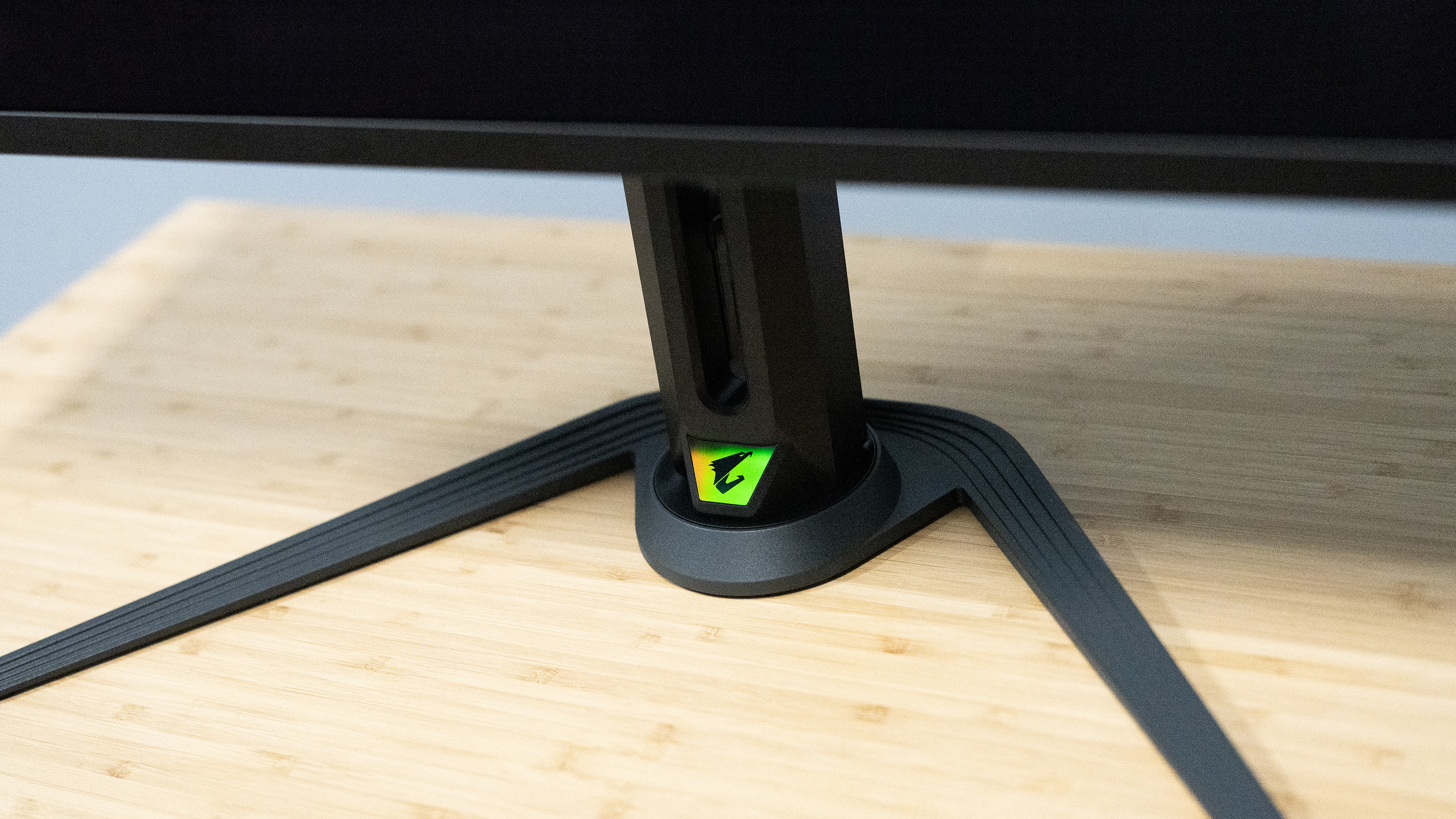
Keep it on the supplied stand, and you’ll be able to rotate it into portrait mode if you need to, but there's also a decent array of height and tilt adjustments on offer. The power supply is an external brick, which works well at keeping things slim as the plug is smaller and it means the transformers don’t need to be within the body of the screen, but means you can accidentally kick it and just adds to the under-desk clutter.
An OLED can also be slightly more worrying than an IPS screen, especially if you tend to have static interface elements on-screen rather than the constantly updating environments of a game, as you run the risk of image retention just like the old days of plasma TVs. Gigabyte offers three years of burn-in cover with this screen, as well as options in the OSD to mitigate the issue.
Features and performance
The Samsung-made QD-OLED panel in the Aorus FO32U2 offers a high pixel density of 4K alongside the colour response of OLED, and it’s a great combination. While you’ll need some sort of superpowered GPU to make the most of 4K and 240Hz at the same time, you can always pick one or the other, and it does give you an element of future-proofing in the hope that one day all our laptops will be able to generate such huge amounts of video data on the fly.
Daily design news, reviews, how-tos and more, as picked by the editors.
If you sit in front of a screen all day and haven’t upgraded for a while, a screen like this can feel genuinely thrilling to sit in front of. The jump from 1080p to 4K, from SDR to HDR, and from TN to OLED are huge ones. It even looks better than IPS screens, and they’ve been really good for a while now.
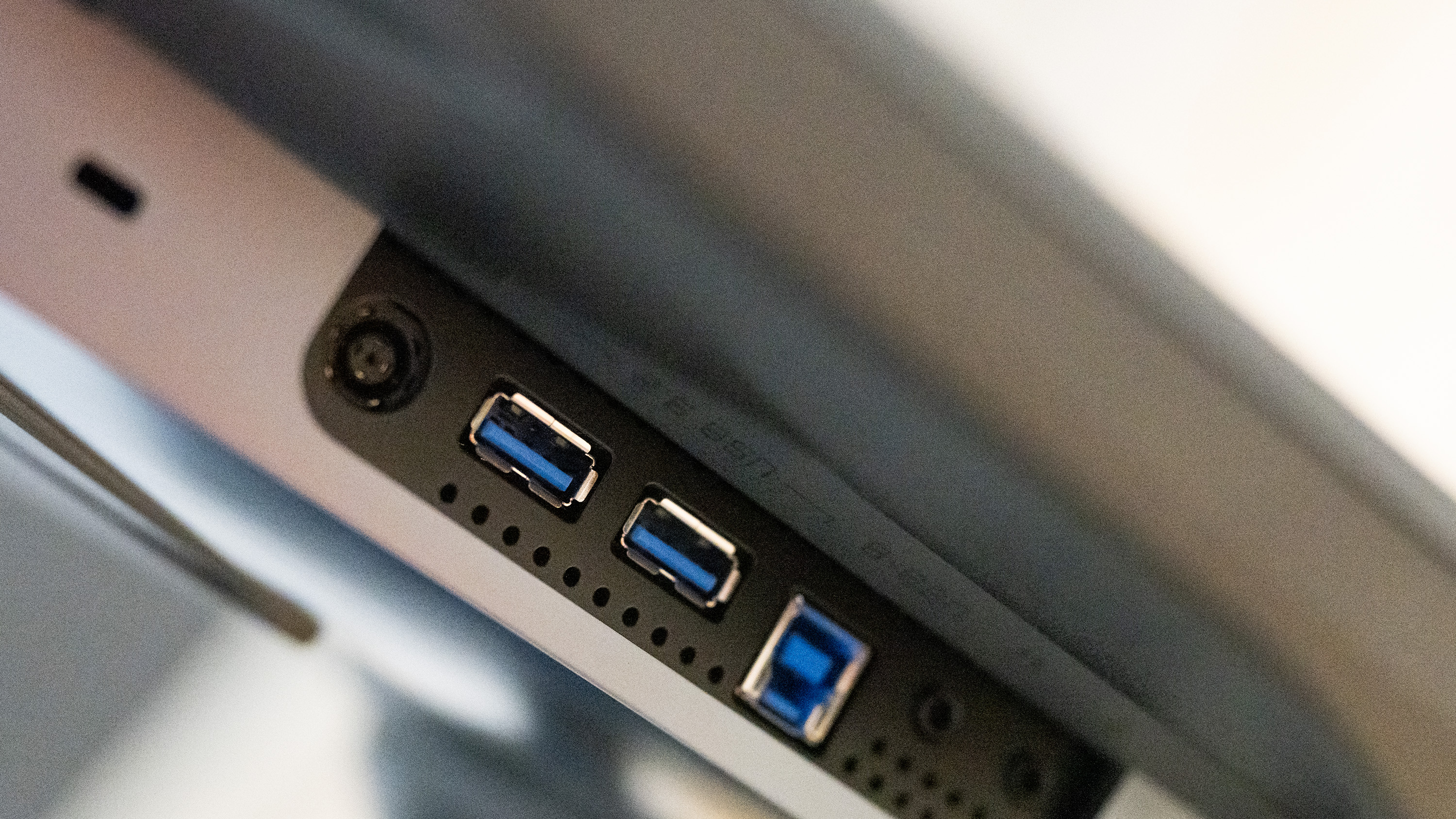
Part of this is down to OLED’s innate contrast - as the pixels self-light, they can turn off properly to create black instead of a bit of the backlight showing through and making it merely dark grey - and part of it comes down to the monitor’s ability to show colour. It’s bright and well saturated, and when put to the question by our colourimeter confesses to 100% sRGB, 95% Adobe RGB and 98% of P3, results that spare it from execution.
Having a USB hub integrated into a monitor is rapidly becoming one of our favourite features, as it allows a laptop to be connected (and charged) by a USB-C link, while allowing a second PC to connect to the HDMI or DisplayPort and share a mouse and keyboard receiver and perhaps a flash drive plugged into the hub via a USB-B lead that’s supplied with the monitor. As a non-curved 16:9 screen with two small speakers it’s also a good home for a streaming stick plugged into one of the HDMI ports, and has picture-in-picture capability so you can pretend to work while you watch TV.
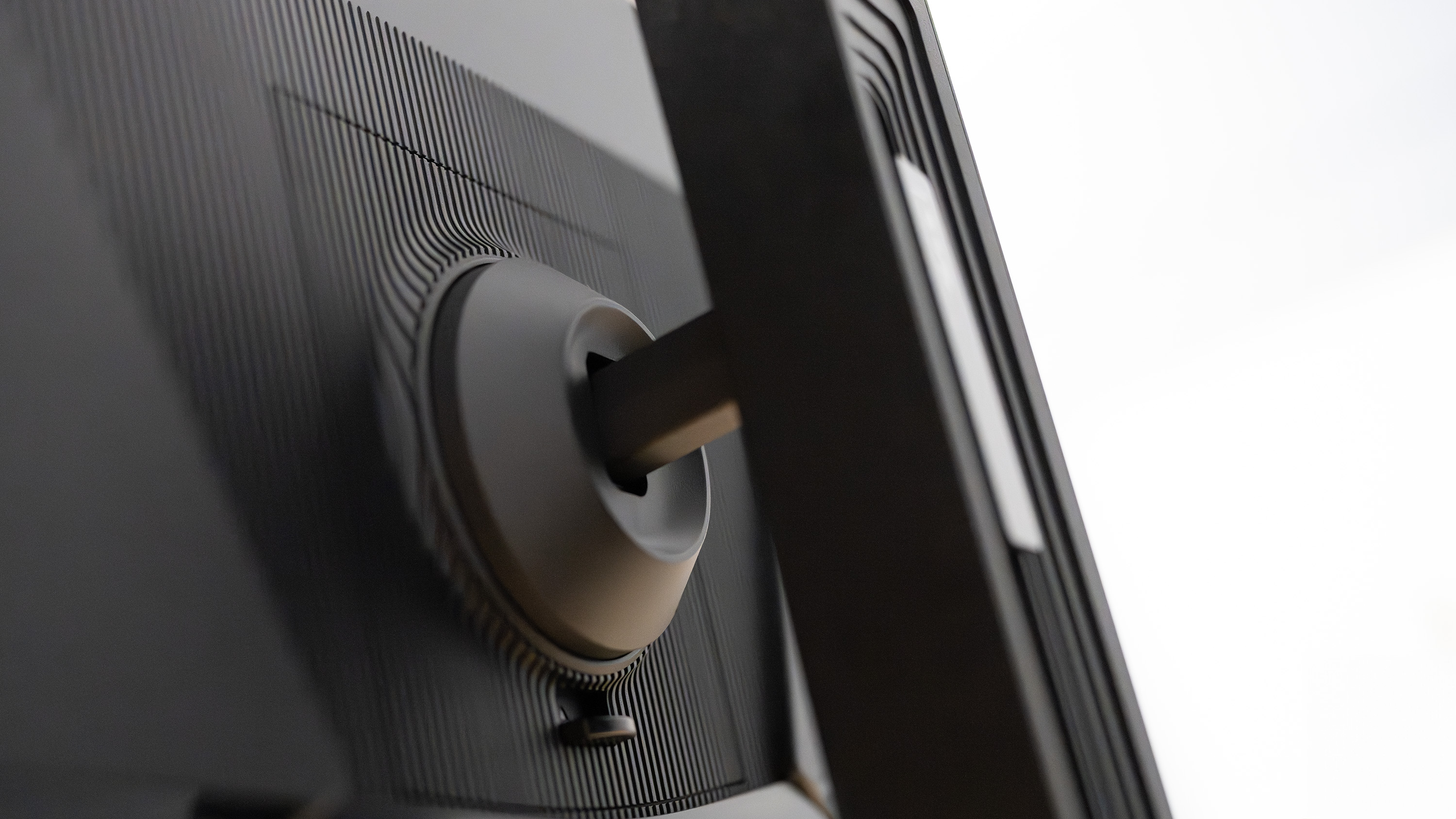
Price
The Gigabyte Aorus FO32U2 is no slouch, and that's reflected in the price tag, as at the time of writing it will set you back $1,099 in the US and a massive £1,258 in the UK.
The Aorus FO32U2 isn’t the only fast 4K OLED on the market. LG, Samsung and ASUS all have their own models in the wild and prices are coming down, but even then, the Gigabyte screen manages to undercut a lot of them by a little, so looks like a good choice, especially when things like Prime Day and Black Friday exert their influence.
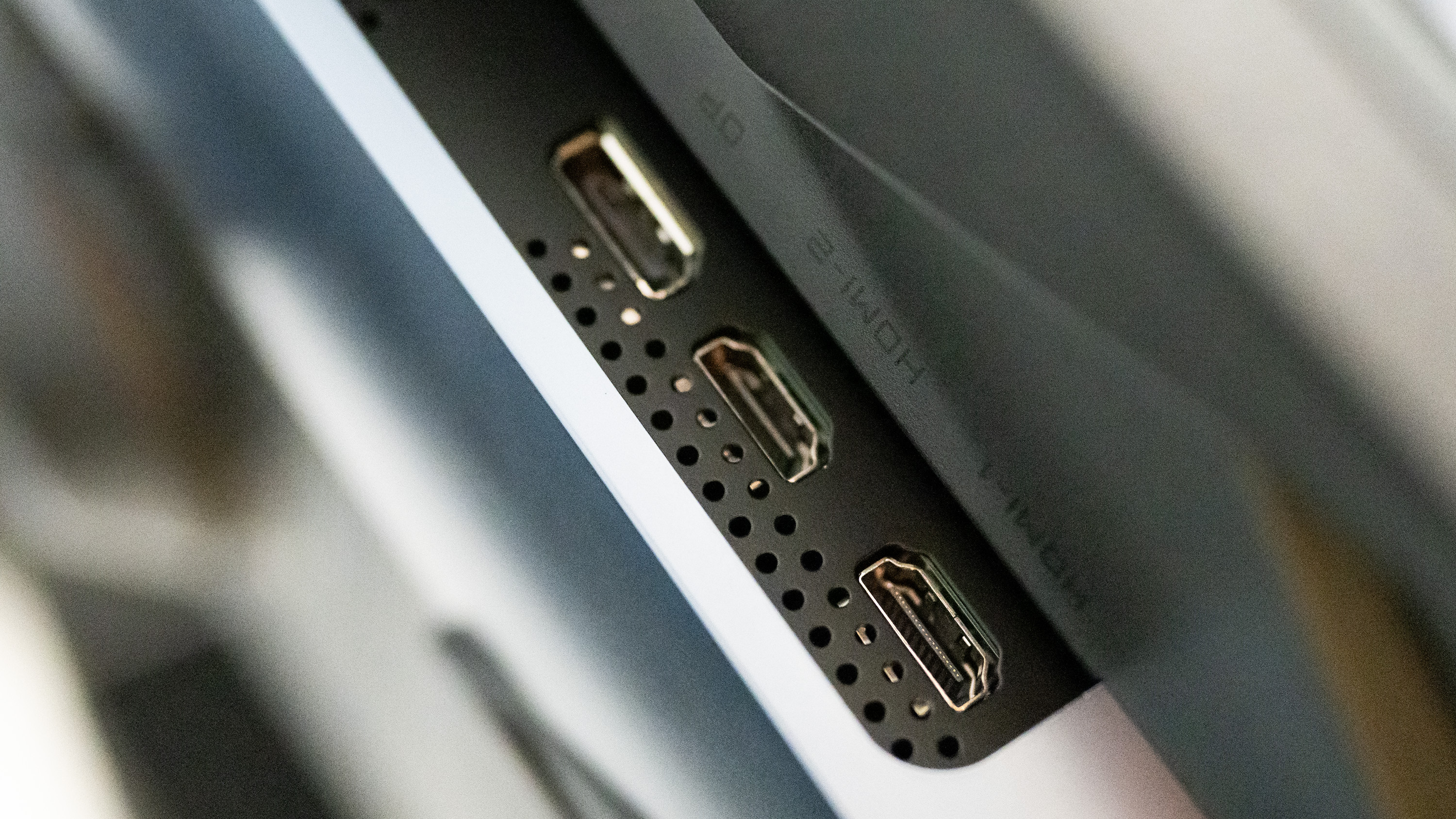
Who is it for?
It’s for gamers, definitely, but it’s also for anyone who appreciates a high-res OLED screen, and that’s just about everyone. It’s more expensive than IPS screens, certainly, but if it’s within your studio’s budget then it’s not a screen you’re going to be disappointed by.
Buy it if:
- You’re a gamer as well as a creative
- You can make use of the USB hub
- The idea of bright and accurate colours excites you
Don't buy it if:
- It’s out of your budget
- You fancy a curved ultrawide instead
Also consider
The Aorus FO32U2's even bigger cousin, this vast OLED ultrawide isn’t 4K, but still has a lot of pixels to share
While 4K at 27 inches may lack some of the ‘wow’ factor of a bigger screen, there's no denying it’s sharp.
The obvious choice for many creatives, this 27in 5K screen is a lot more expensive and makes you pay £400 more for a height-adjustable stand.
out of 10
A big, bright screen like the Gigabyte Aorus FO32U2 is going to be just as attractive to studio dwellers as it is to gamers. While the fast refresh rate will only appeal in niche circumstances (as well as for games of Overwatch after hours) the OLED contrast and a 32-inch desktop are universal needs. Capable of providing the kind of space to work that might replace a multi-screen setup for some use cases, is this the ultimate widescreen monitor for your desk?

Ian Evenden has been a journalist for over 20 years, starting in the days of QuarkXpress 4 and Photoshop 5. He now mainly works in Creative Cloud and Google Docs, but can always find a use for a powerful laptop or two. When not sweating over page layout or photo editing, you can find him peering at the stars or growing vegetables.
